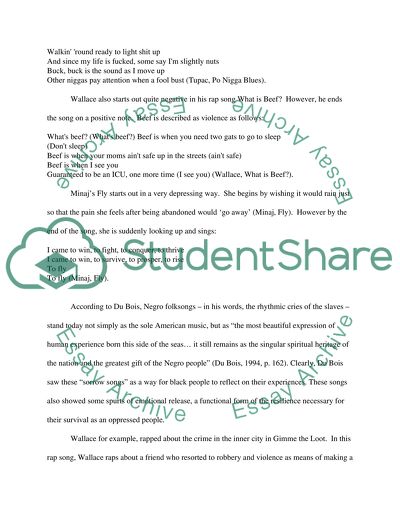Cite this document
(“Du Bois lenses Essay Example | Topics and Well Written Essays - 1250 words”, n.d.)
Du Bois lenses Essay Example | Topics and Well Written Essays - 1250 words. Retrieved from https://studentshare.org/psychology/1652123-du-bois-lenses
Du Bois lenses Essay Example | Topics and Well Written Essays - 1250 words. Retrieved from https://studentshare.org/psychology/1652123-du-bois-lenses
(Du Bois Lenses Essay Example | Topics and Well Written Essays - 1250 Words)
Du Bois Lenses Essay Example | Topics and Well Written Essays - 1250 Words. https://studentshare.org/psychology/1652123-du-bois-lenses.
Du Bois Lenses Essay Example | Topics and Well Written Essays - 1250 Words. https://studentshare.org/psychology/1652123-du-bois-lenses.
“Du Bois Lenses Essay Example | Topics and Well Written Essays - 1250 Words”, n.d. https://studentshare.org/psychology/1652123-du-bois-lenses.


